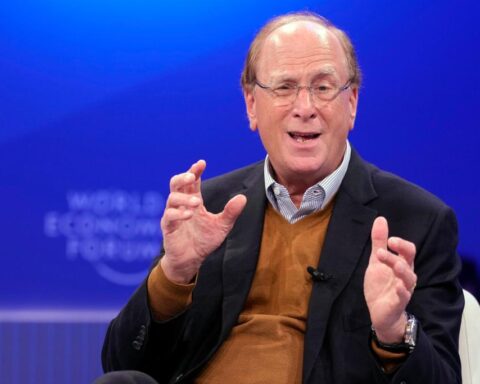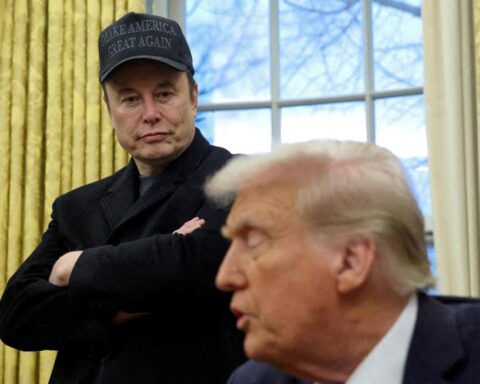With plans to streamline manufacturing and aggressively pursue AI chip production, Tan seeks to turn around Intel’s fortunes after a record $19B loss and increasing competition from rivals.
Intel’s Incoming CEO Lip-Bu Tan Plans Major Overhaul Amid Struggles
Intel’s newly appointed CEO, Lip-Bu Tan, is setting the stage for a significant transformation at the struggling semiconductor giant. Following the departure of former CEO Pat Gelsinger in December, Tan — a former board member and ex-CEO of chip design software company Cadence — is preparing to tackle some of Intel’s most pressing issues.
In his first weeks at the helm, Tan is reportedly focusing on two primary goals: revamping Intel’s chipmaking operations to produce more AI chips and executing strategic staff cuts, particularly targeting middle management. Intel has long struggled with a bloated management layer, which Tan believes slows down decision-making and hampers innovation.
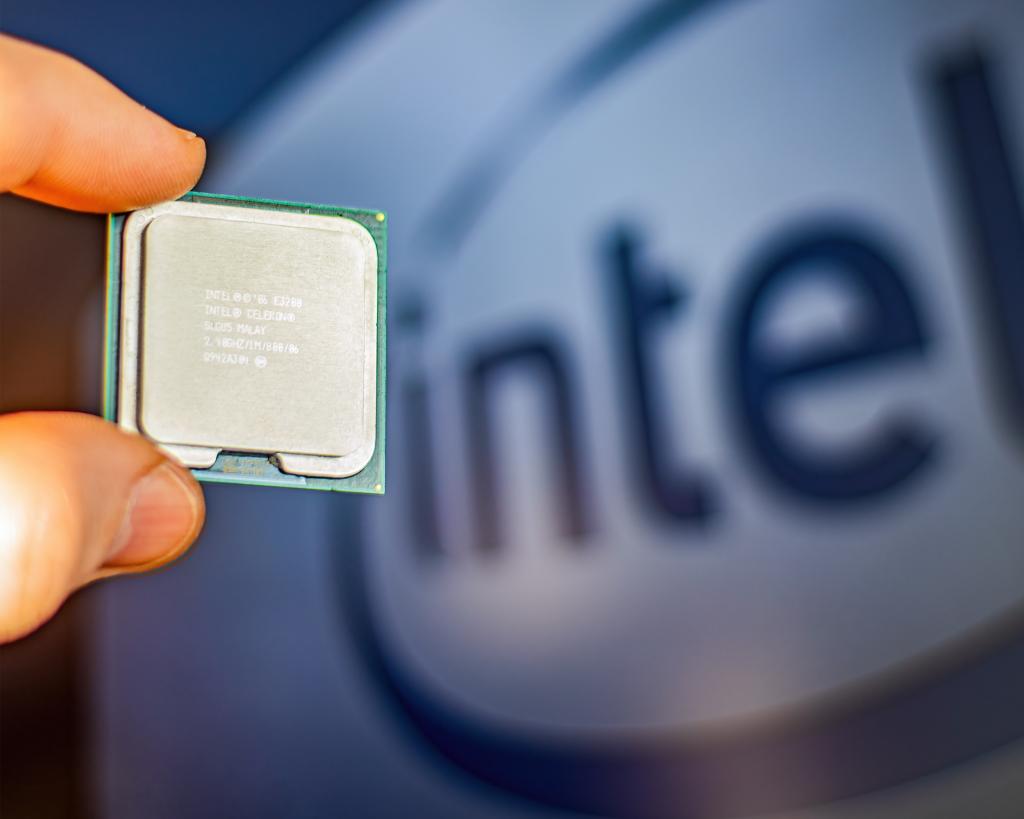
Reshaping Intel’s Manufacturing and Operations
Sources close to Tan’s strategy suggest that he intends to streamline Intel’s manufacturing process, with a particular emphasis on ramping up production of AI chips. The company, which has recently missed out on the AI processor boom, lost market share to Nvidia and other competitors. To reverse this, Intel will shift focus towards AI server chips and look to expand its Intel Foundry division, which produces chips for companies like Microsoft and Amazon. Tan’s approach will involve aggressively courting new customers to improve performance and regain lost ground in the cloud computing and AI spaces.
Job Cuts and Cultural Shift
One of Tan’s boldest moves involves cutting jobs within Intel’s middle management. After a disappointing financial year, in which Intel posted a $19 billion loss, Tan’s plans suggest that efficiency will be prioritized. Gelsinger’s earlier efforts to restructure Intel included a proposal to cut 15% of Intel’s workforce — a plan that Tan appears prepared to implement in full, if not expand upon. This restructuring could see positions cut at several levels, particularly within departments that don’t directly contribute to Intel’s core goals of manufacturing AI chips and competing with rival foundries like TSMC and Samsung.
At a town hall meeting shortly after his appointment, Tan acknowledged that Intel would have to make “tough decisions.” These included a cultural overhaul to instill a sharper focus on performance, while also reinstating Intel’s famous “Only the paranoid survive” mentality, which once served the company so well under Andy Grove, Intel’s legendary CEO from the late 1980s to late 1990s.
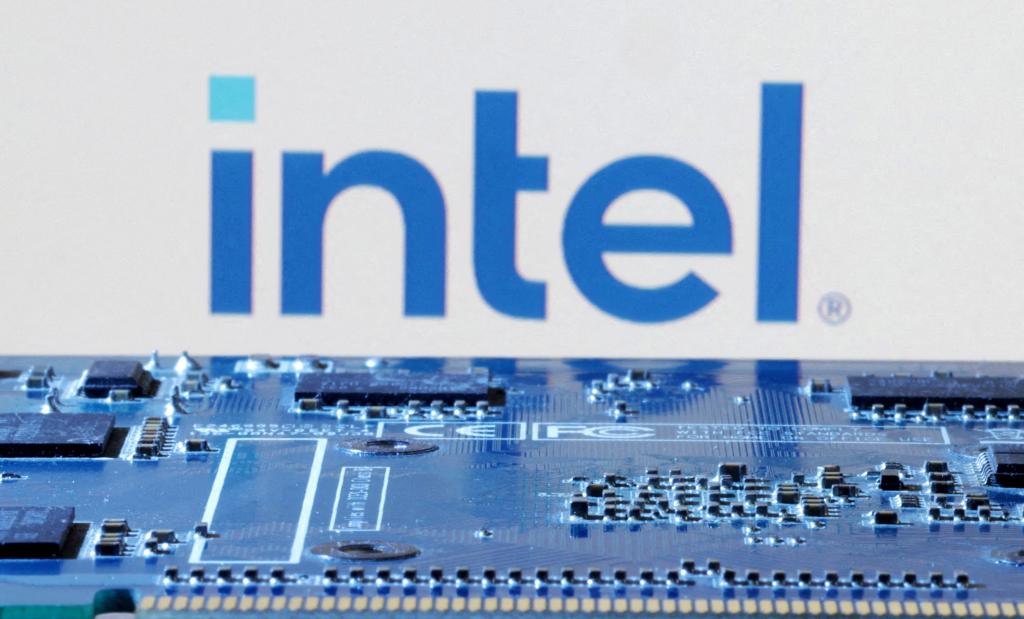
Competing with Industry Rivals and AI’s Growing Role
Intel’s decline, marked by a loss of market share and an inability to capitalize on the AI chip boom, has put the company behind its competitors, especially Nvidia, which has dominated the market for AI accelerators. Tan’s move to ramp up AI chip production and tap into the AI-driven demand for cloud computing chips is a vital step in Intel’s recovery plan.
However, industry sources suggest that Intel may not have a competitive AI chip ready until at least 2027, which could be a challenging delay in an increasingly AI-first world.
A Bold Vision for Intel’s Future
Despite these challenges, Tan’s plans are aggressive. As a board member, Tan was highly critical of Gelsinger’s inability to match TSMC’s customer service and market agility. With his deep experience in the tech industry, Tan is committed to improving Intel’s competitive edge by enhancing both software and robotics capabilities, areas in which he sees great potential for long-term growth.
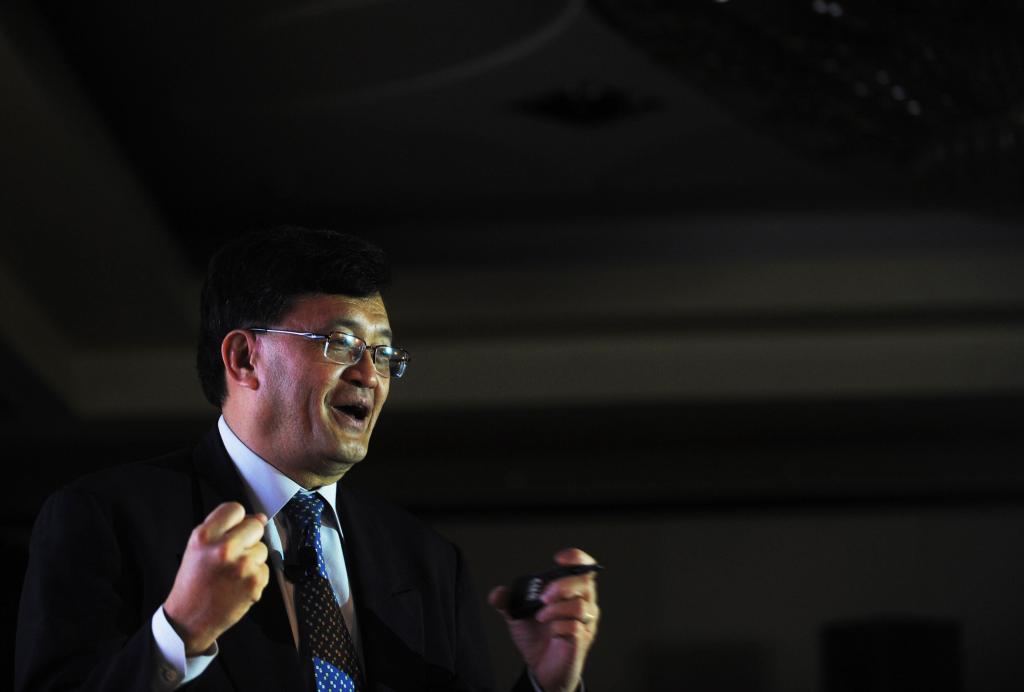
Tan’s leadership marks a significant shift for the company, which has historically been one of the world’s most important chipmakers. With a focus on AI, more streamlined operations, and potentially transformative job cuts, Tan is betting that Intel can regain its stature as a leader in semiconductor manufacturing. Whether this strategy will succeed, and if it will be enough to compete with TSMC, AMD, and other rivals, remains to be seen.
Intel’s stock has already shown signs of optimism, with shares rising by 6.6% following the announcement of Tan’s appointment. However, the real test will come in the months ahead as Tan begins to implement his vision for the company’s future.






